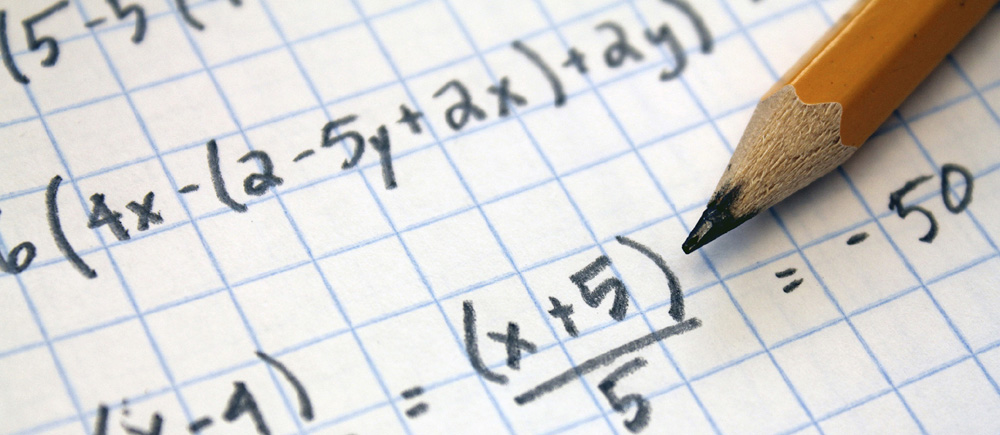Last winter the College Board announced a completely redesigned SAT, creating lots of questions and anxiety about the new format. In this article, I’d like to address the changes to the math sections of the test. All of the information I am citing is available on the College Board website. This is the snapshot version.
First of all, this is a dramatic change. They’ve reevaluated the goals of the test and tried to address many of its weaknesses. The math content has shifted, as well as the goal of the questions. Everything is based on research about the essential mathematical knowledge students need in order to succeed in college or in a post-secondary career.
There are now more multi-step problems and even scenarios attached to several questions. The majority of the questions involve simpler mathematics, but they emphasize conceptual understanding. Rather than being disconnected from real-world applications, the scenarios are drawn from other academic disciplines, such as science. In addition, there is now a twenty-question non-calculator section.
Most important: everything is aligned to rigorous high school mathematics. They have dropped all the tricky problems that previously characterized the SAT. Gone are the days of tricks, guessing C, and trying to beat the test, as if it was some type of a game. Now the questions correlate with the traditional high school math scope and sequence.
There are four areas of content: heart of algebra, problem solving and data analysis, passport to advanced mathematics and additional topics. A breakdown of the material included in each area is available on the College Board website. One important thing to note is that “additional topics,” which is mainly geometry, comprises only six questions on the whole test. This reflects a movement in the math education world away from teaching geometry. The argument is that it is not essential for college-level mathematics. I wouldn’t overreact and cancel all plans for a geometry class just yet, but it is something to keep in mind. The other takeaway is that the content isn’t as broad as earlier tests, but it is deep. So it is going to be more important to master a few skills very well, than to make it to the final chapter of the math textbook.
My four suggestions to students preparing for the test:
- Follow a rigorous course of study in high school. Completing algebra 1, geometry, and algebra 2 before you take the test will prepare you better than anything else. Of the three, geometry is probably the least important, but I wouldn’t skip it entirely. When you’re taking these classes, be sure you thoroughly understand the material. Don’t skip to problems at the end of the section (as I did!). See if you can explain the concepts to a younger sibling. Talk about what you are learning. This will prepare you for the higher-level questions on the SAT.
- Spend time developing your problem solving skills. Signing up for programs like Drexel University’s Problem of the Week will give you lots of practice with multi-step math problems. Or you could join a math club or co-op class so you have the opportunity to work in groups and discuss mathematics. Do something that involves mixing skills together and applying the concepts you have learned to real-life situations.
- Sign up with Khan Academy. This is a great and completely free resource. The College Board is partnering with Sal Khan to create lots and lots of free test prep. They’ve given Khan Academy exclusive access to sample questions so that excellent test prep material can be developed. If you haven’t been to the Khan Academy site recently, you should check it out. In addition to their famous videos, they now have quizzes and points that you can earn. It is a lot of fun.
- Finally, look for redesigned SAT prep materials. The main one I am watching is the College Board’s guide. All of the other test prep books should be releasing new editions, so make sure if you buy one it is for the redesigned SAT. The College Board has also recently released a practice PSAT test on their website which is aligned with the new test.
Those are my suggestions. The test will be challenging, but it is manageable if you take sufficient time to prepare.




